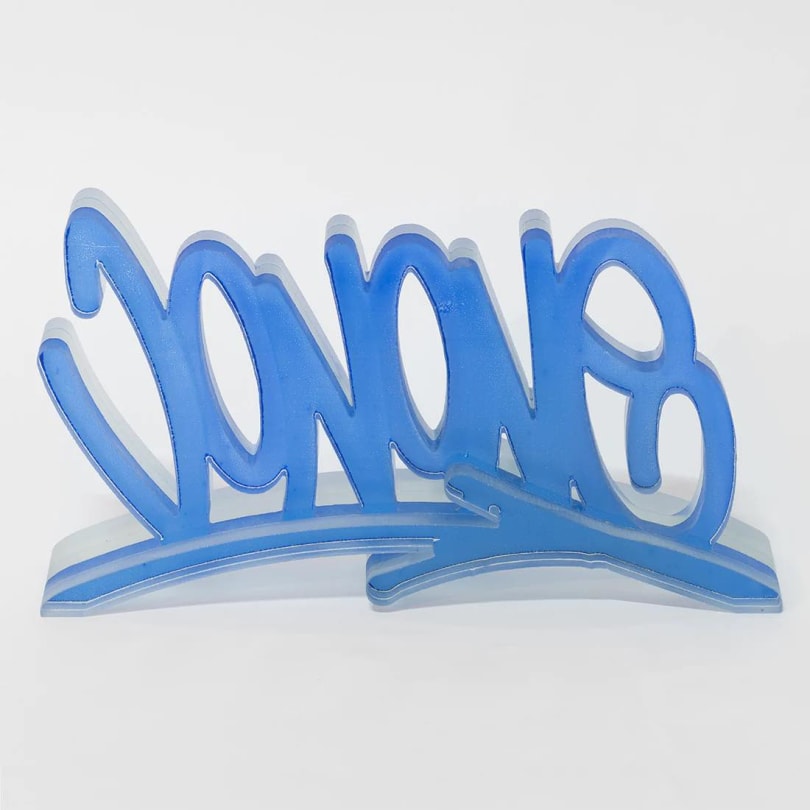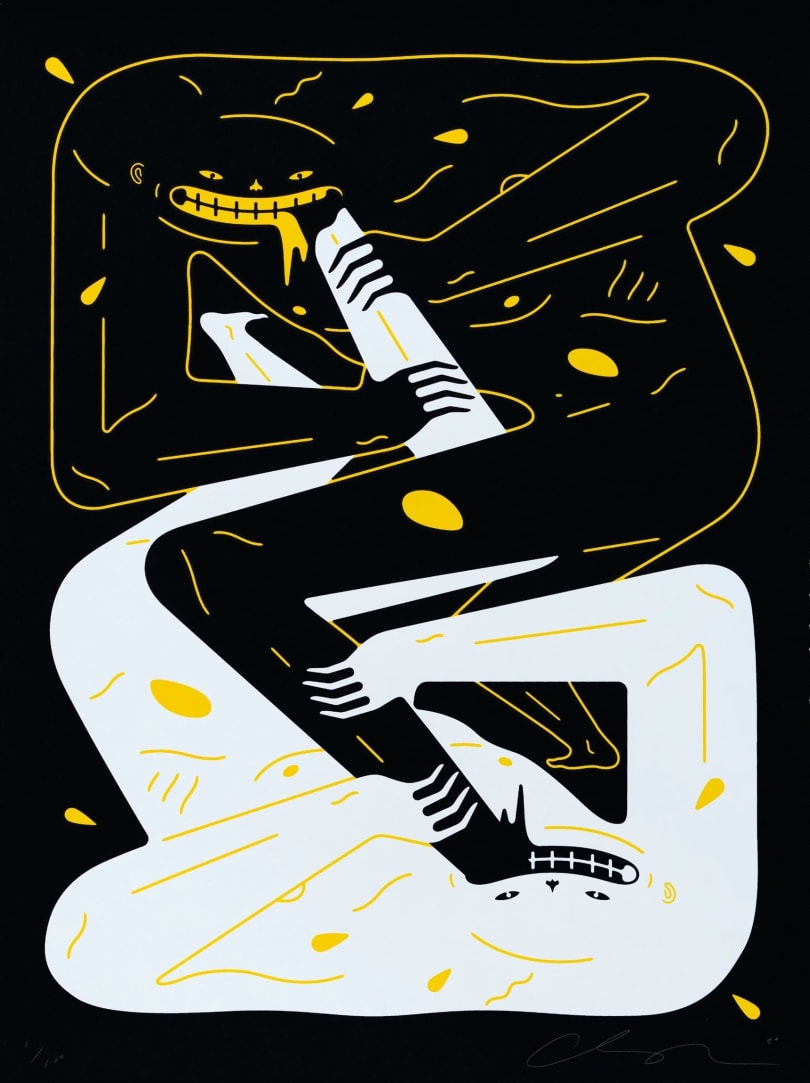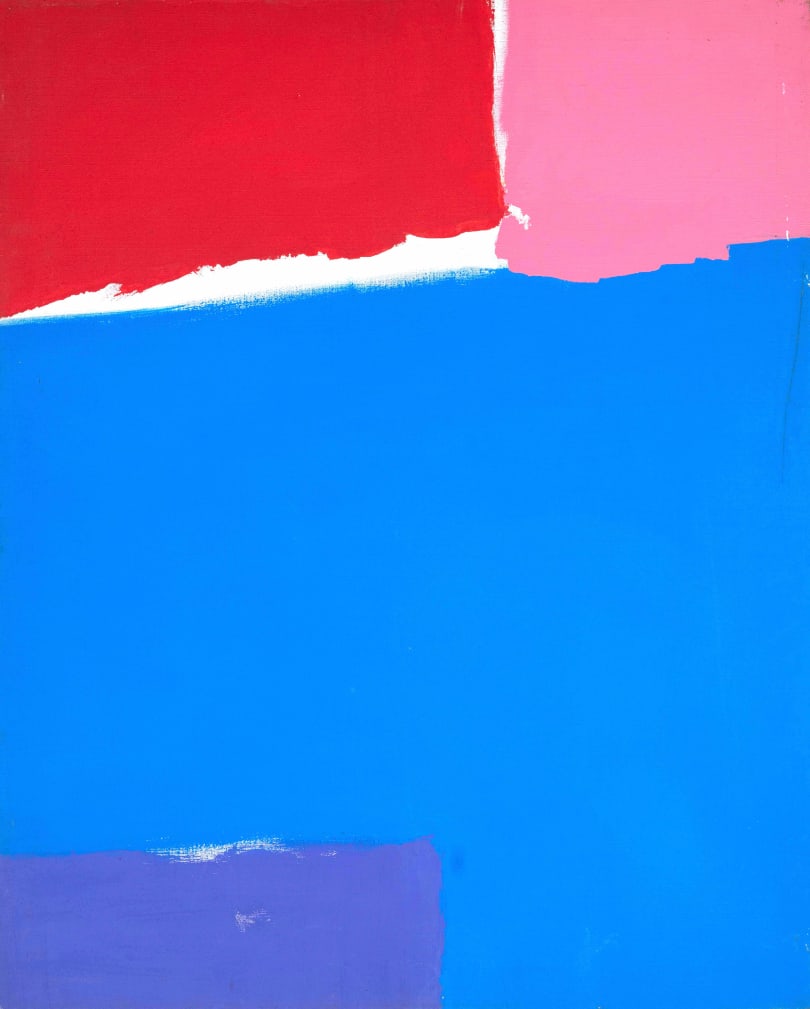
Madame Chéruit de trois quarts
Category
PrintTechnique
DrypointDate
1900Dimensions
30.5 cm x 16.4 cmMake an offer of
Artwork information
Category
PrintTechnique
DrypointDate
1900Dimensions
30.5 cm x 16.4 cmSignature
Signed lower rightProof(s) of authenticity
It appears in the database of the Association des Amis de Paul-César Helleu under the reference APCH: PS 1-8310. This drypoint will be part of the artist's digital catalogue raisonné which is currently being finalised.State of conservation
Very goodFraming
NoLocation
Paris, FranceDescription
For information, the dimensions taken into account are those of the plate and not of the entire sheet.
Drypoint signed "H" at bottom right and annotated "Unique".
Provenance
French private collection
The artist

Bio
Paul-César Helleu's name evokes an era, and particularly a society from the end of the 19th century to the last years before the First World War in Europe, which Marcel Proust described so admirably in his works.
Delicacy, taste and his very personal talent as a draughtsman have largely contributed to the extraordinary success of this artist. His celebrity is based on the virtuoso representation of beautiful women from the great Parisian milieu, but also from the international society dominated by Anglo-Saxon elegance.
Today, the history of painting sums him up in representations that limit his talent too much to the fashion of a time, without taking into account a whole part of his artistic production devoted to the painting of nature, sea landscapes in particular, where refinement is in tune with the sensitive accents of a true artist.
Helleu was born in Vannes in 1859. On the death of his father, a customs inspector, he was sent to Paris to the Lycée Chaptal. In 1876, he was admitted to the École des Beaux-Arts de Paris in Jean-Léon Gérôme's studio, but it was mainly outdoor painters who attracted him. He became friends with Whistler and Sargent, then with Monet, whom he met at Durand-Ruel's during the second Impressionist Exhibition.
In order to survive, Helleu works for the ceramist Deck for whom he executes plate decorations. It was on this occasion that he met Giovanni Boldini, with whom he would share a very long friendship.
With Jacques-Émile Blanche, he shares a passionate taste for England since a trip to London in 1885. That same year, he tried his hand at engraving with a diamond point offered by James Tissot.
In 1884, Madame Guérin commissioned him to paint a portrait of her daughter Alice, then aged 14. He fell madly in love with her and married her two years later. The pastel, created for this occasion, as well as La Gare Saint-Lazare were presented at the 1885 Salon.
In 1886, having already been noticed in several exhibitions, he and his friend Monet refused to take part in the 8th Impressionist Exhibition despite Degas's requests. This is no doubt the reason why he was never part of the Impressionist movement, nor was he recognised as such. The following year, Robert de Montesquiou bought a lot of six engravings from him. From this meeting a deep friendship was born with the collector who put him in touch with his cousin, Countess Greffuhle. From that moment on, the artist entered Parisian society and became the fashionable portrait painter.
In 1893, Helleu began a series of stained-glass windows of cathedrals and, the following year, he changed his theme and lingered on the park of Versailles.
In 1897, he exhibited his paintings of Versailles and his seascapes at the Salon du Champ de Mars.
The artist was an innovator who attracted the admiration and curiosity of his contemporaries. In 1889, contrary to the pronounced taste of the time for dark interiors, he had the walls of his flat at 68 Bld Pereire painted white, followed by those of 45 rue Émile Ménier.
Helleu was soon in demand everywhere: he exhibited in London in 1895, where the exhibition catalogue, with a preface by Edmond de Goncourt, established his reputation. He then met Marcel Proust who was introduced to him by Montesquiou and began a deep relationship with him that would inspire the author to write the character of the painter Elstir in A la Recherche du Temps Perdu. Helleu engraved the portrait of Marcel Proust on his deathbed.
Like Elstir, Helleu is passionate about the sea. To the pleasure of the yachtsman, who spends most of his time on superb boats - he will own four of them - the painter discovers new sources of inspiration as much in the women's toilets as in his visions of the water and the sky, sometimes veiled, sometimes bluish.
The Helleu style, which characterises elegance or refinement and feminine grace, was a huge success in Paris, London and New York, where he travelled from 1902 onwards. He had great success in the United States with his portraits of elegant women and, in 1912, he was commissioned to paint the ceiling of the Hall of the Grand Central Station in New York with the theme of the signs of the zodiac: he composed a starry vault, crossed by a zodiac with gold signs and a silver milky way.
Helleu died in 1927, following an operation while he was planning a major exhibition of his paintings with Forain.
Les Amis de Paul-César Helleu, an association founded in 2001 by Paulette Howard-Johnston, the artist's daughter, has as its mission the protection, diffusion and promotion of the work of Paul-César Helleu. In 2020, thanks to a collective work carried out over several generations, Les Amis de Paul-César Helleu published the artist's digital catalog raisonné.
"The graceful Helleu painted in an unknown colour between delight and blue." Stéphane Mallarmé



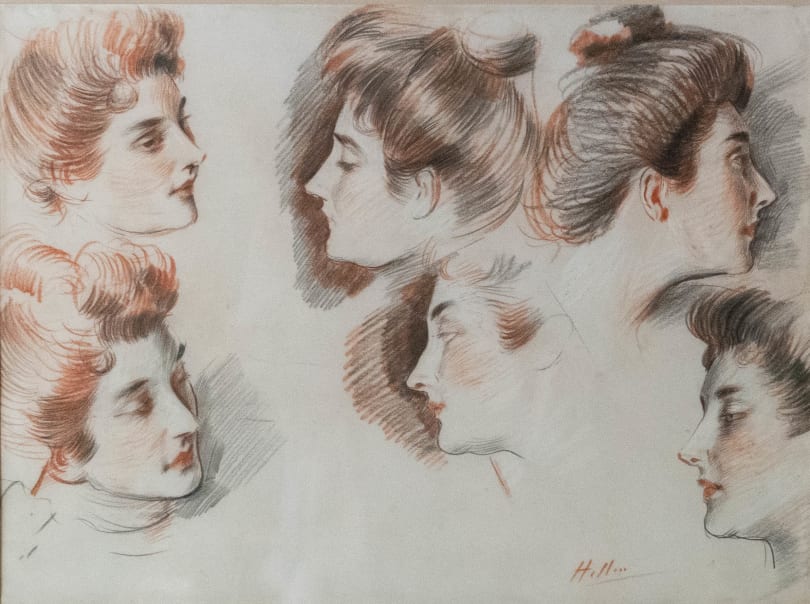










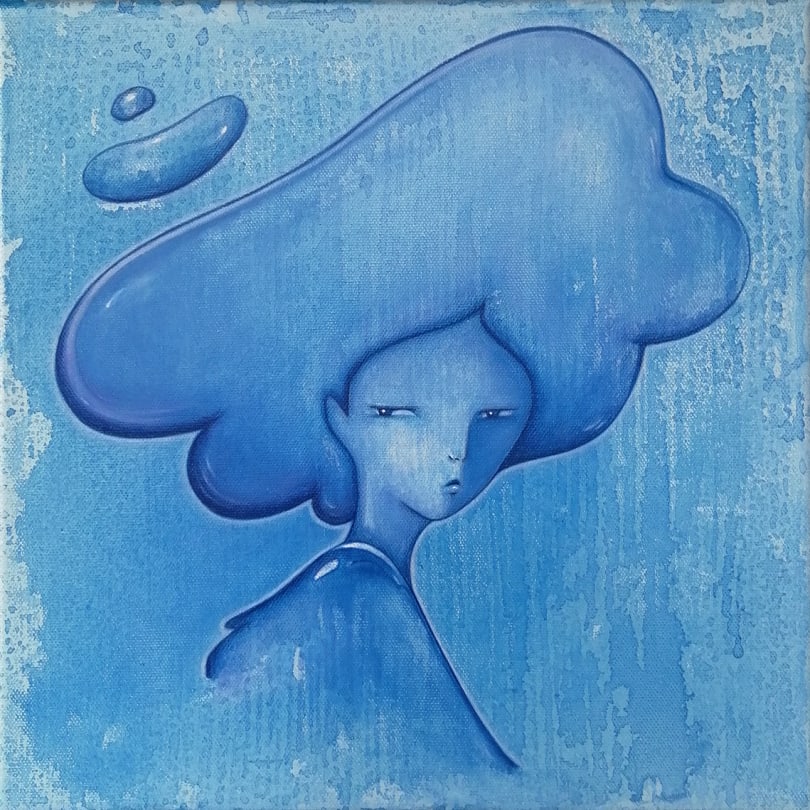



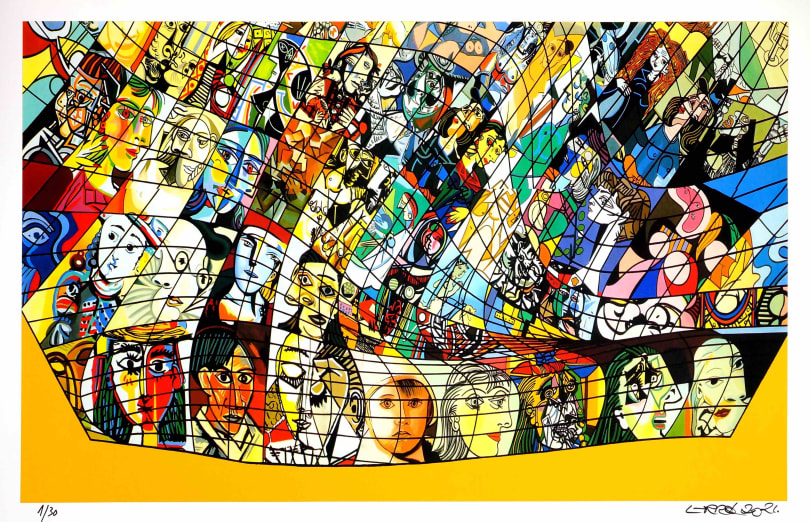
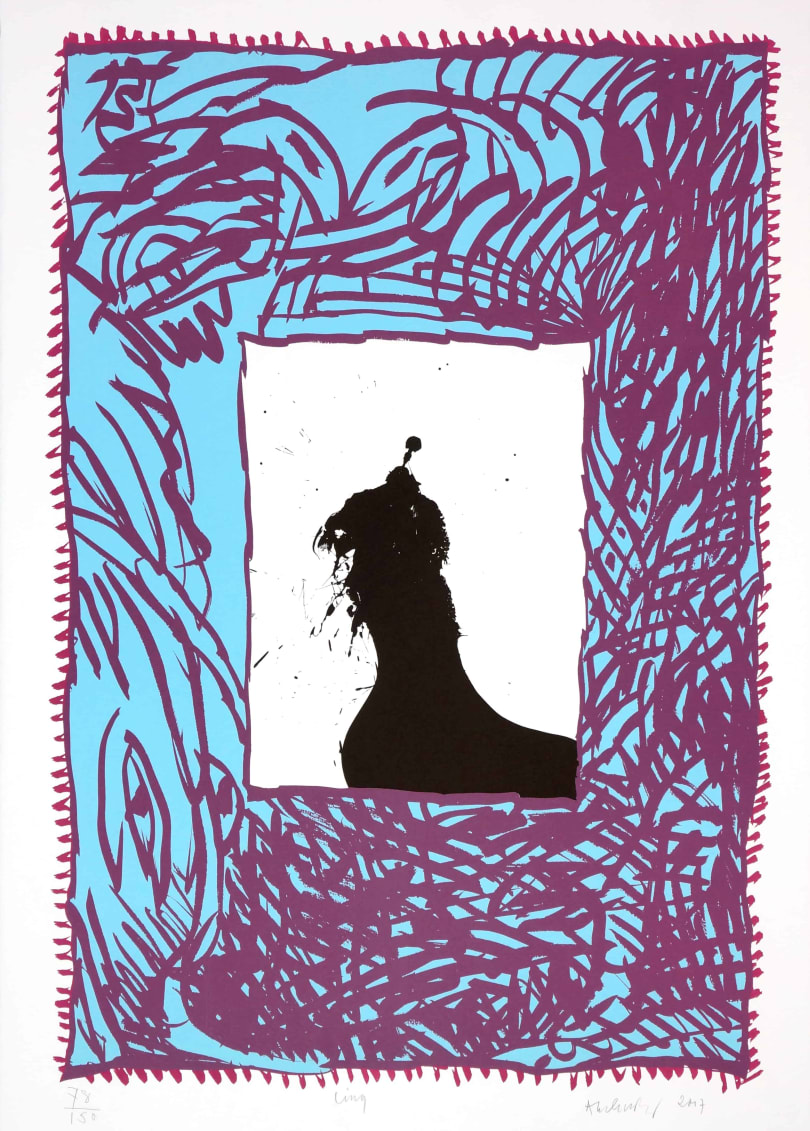






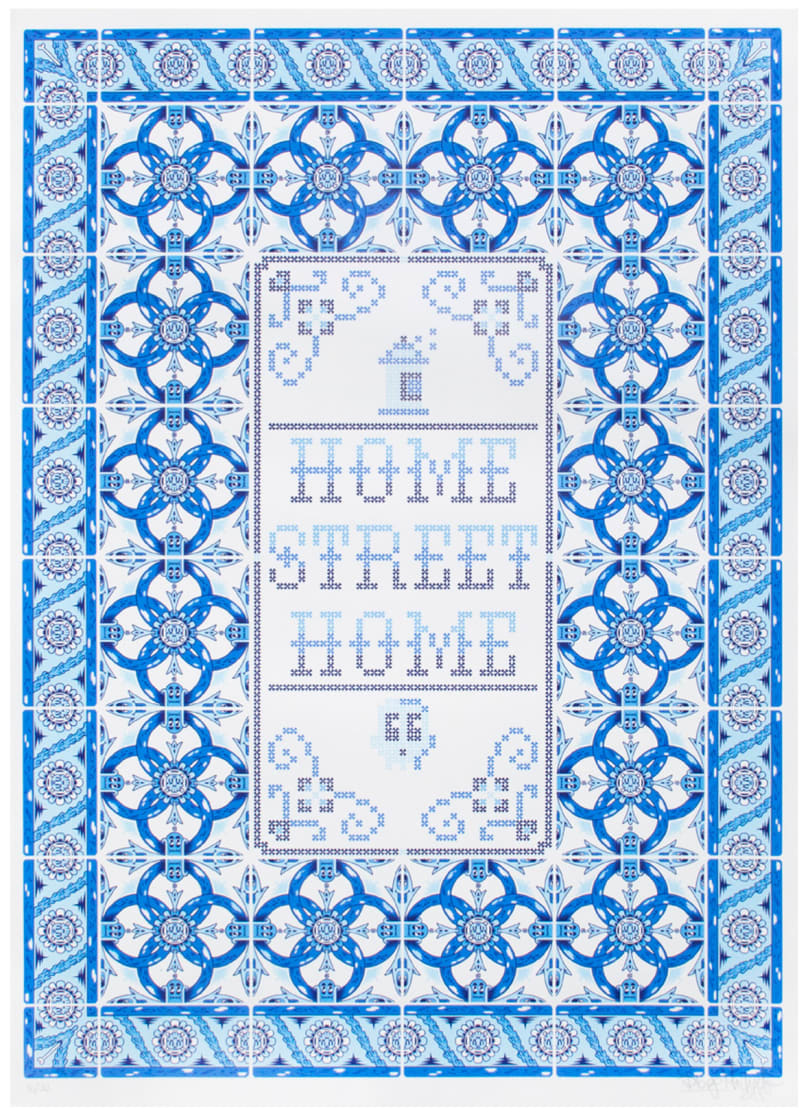


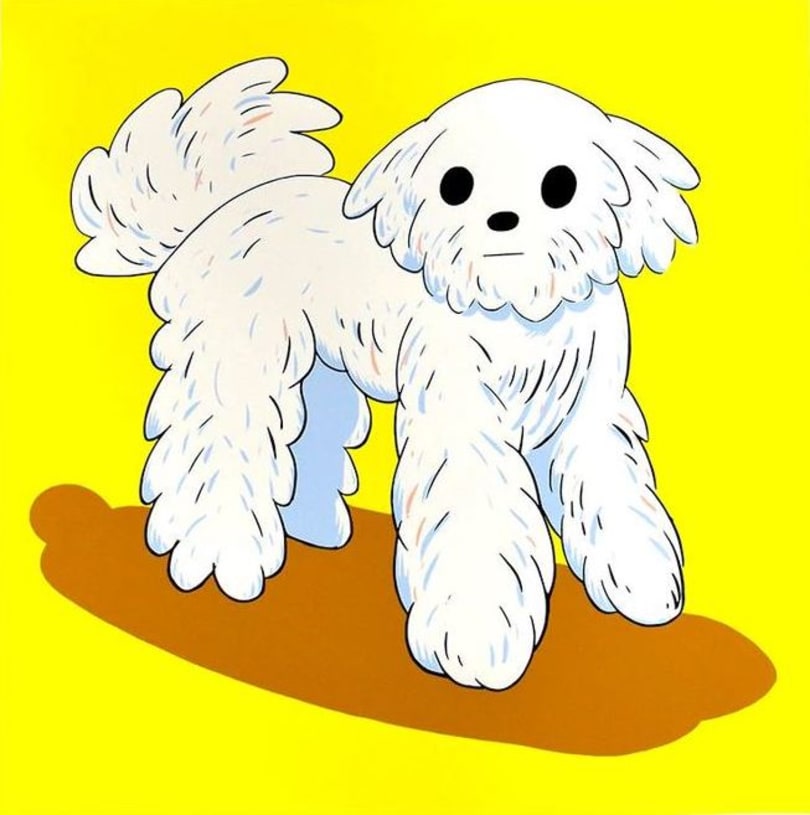
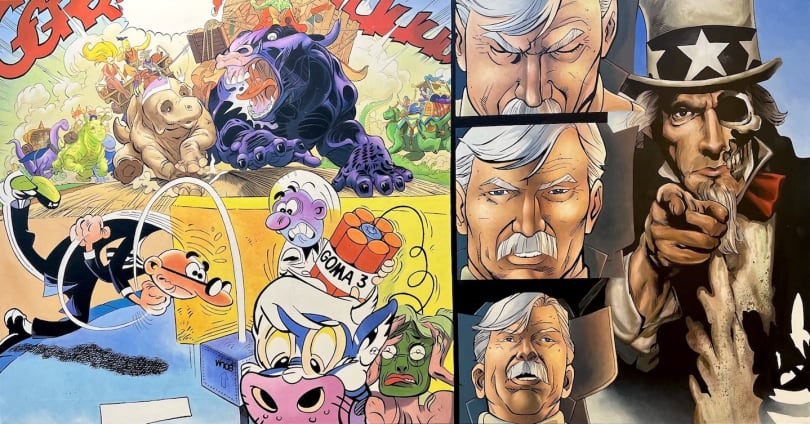


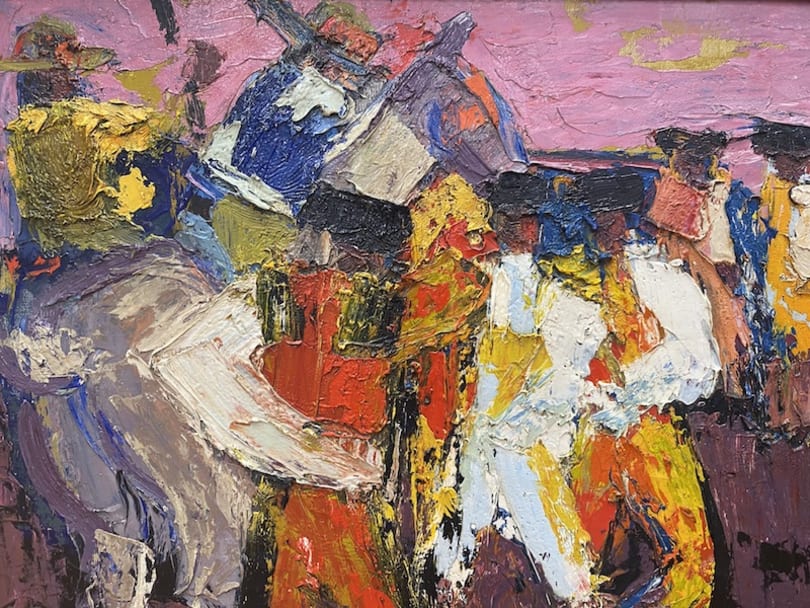
.jpg)


.jpg)


